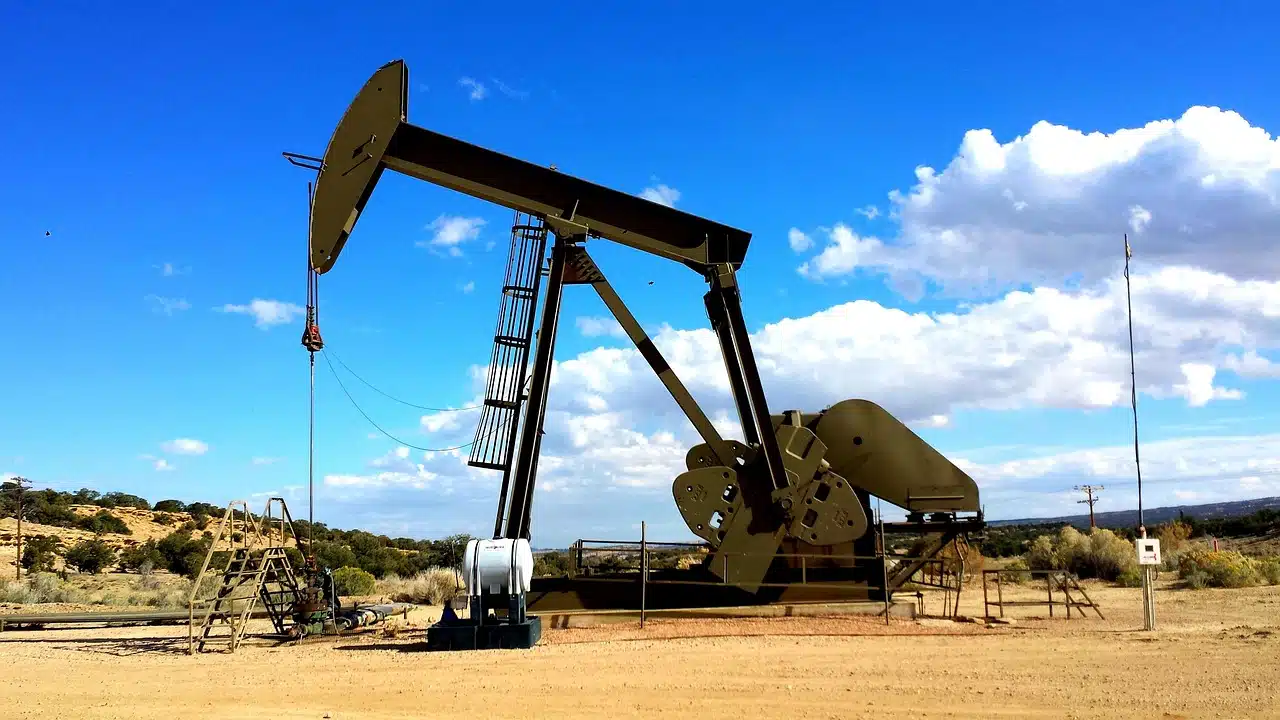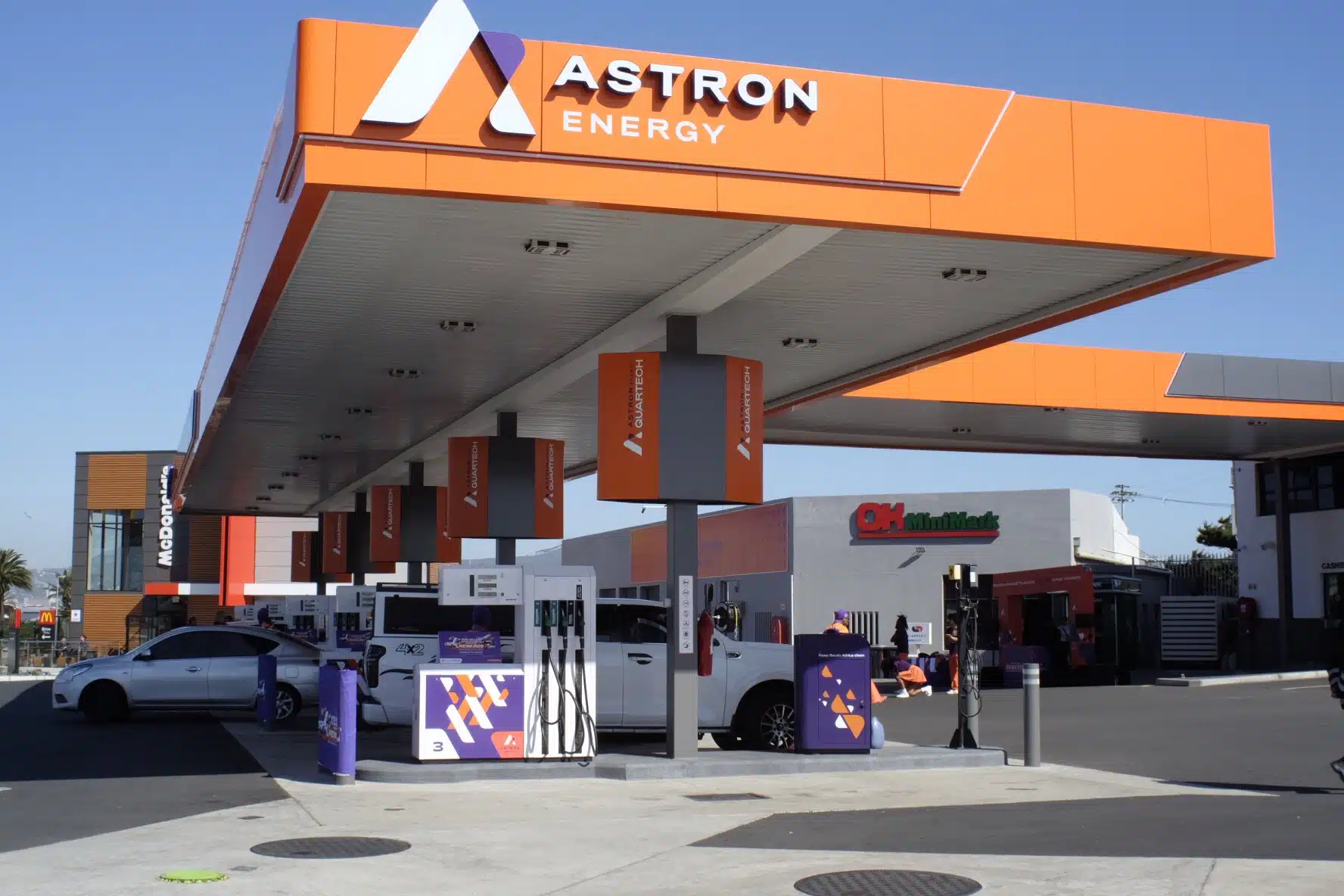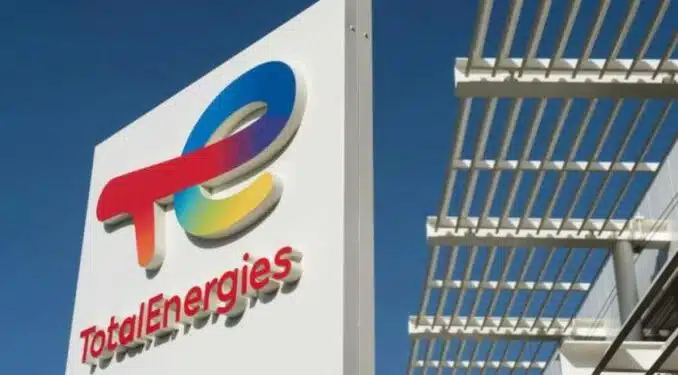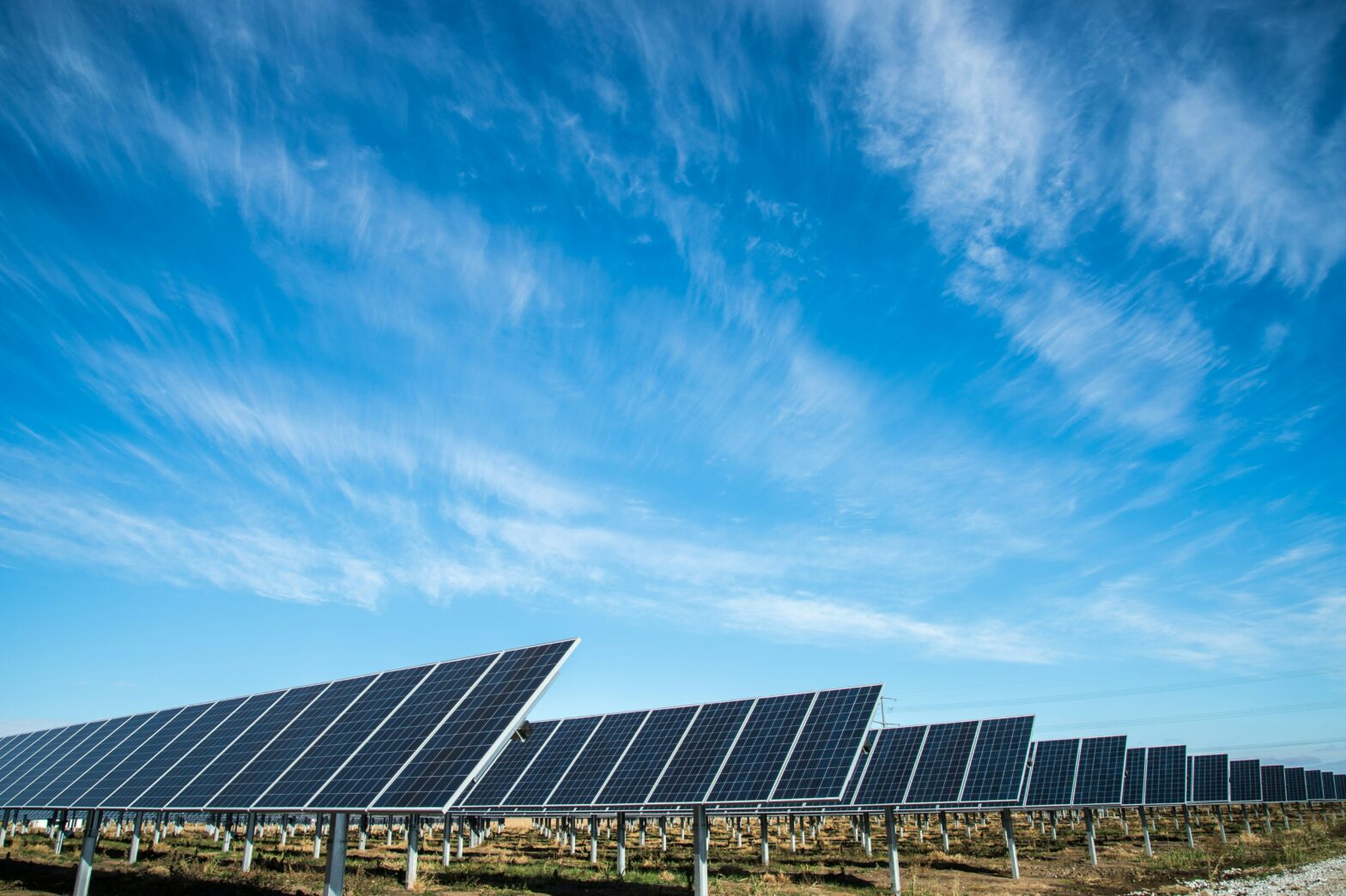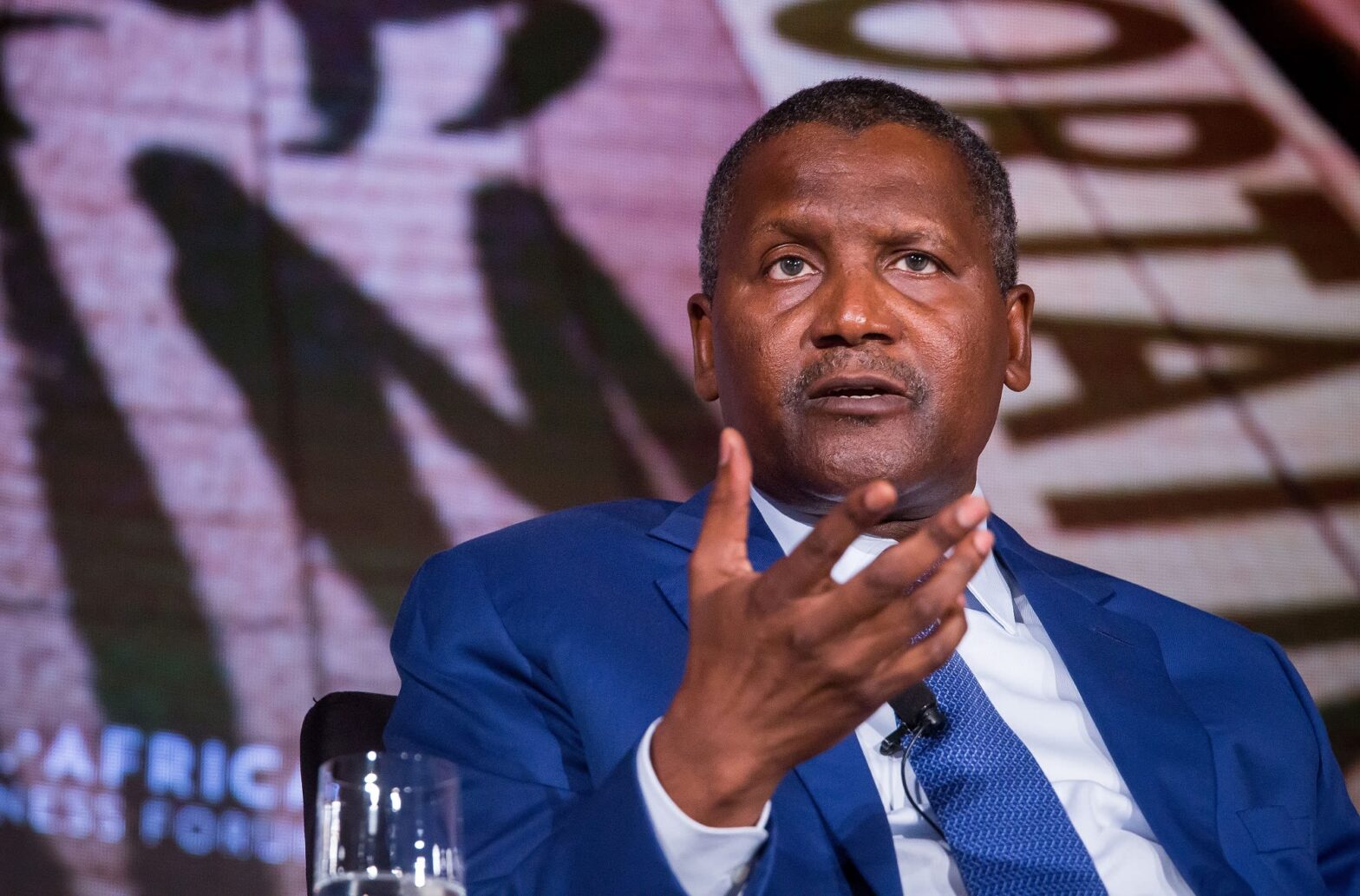In 2024, Senegal produced its first barrels of oil from the Sangomar offshore field, becoming the latest African country to join the oil-producing club. But it wasn’t easy getting there. There has been a succession of discoveries off the country’s coast since 2014.
For a nation long regarded as politically stable but economically constrained, becoming a producer was seen as the dawn of a new era.
Woodside Energy produced the first ‘medium sour’ crude from its Sangomar-operated field on June 11, 2024.
“This is an historic day for Senegal and for Woodside,” said the company’s CEO Meg O’Neill. “The Sangomar project is expected to generate shareholder value within the terms of the production sharing contract.”
Reacting to the historic moment, Thierno Ly, then boss of Senegal state-owned Petrosen said “We have never been so well positioned for opportunities for growth, innovation, and success in the economic and social development of our nation.”
However, with one year now behind us, can we say Senegal has truly begun to benefit from its oil wealth—or it’s still a promise in progress?
Senegal’s key petroleum projects
The Sangomar Phase 1 project is led by Australia’s Woodside Energy. The project, supported by the Léopold Sédar Senghor FPSO, started production in mid-2024 but it is not the only major oil project in Senegal.
Woodside holds an 82% interest in the exploitation area and 90% in the evaluation area. The company has confirmed that the Phase 1 costs between $4.9-5.2 billion.
There is also the Greater Tortue Ahmeyim (GTA) LNG project, equally co-owned by both Senegal and Mauritania, which is operated by BP.
Woodside Energy said last year that phase one of Sangomar, alongside BP’s massive GTA gas project could overhaul the Senegalese economy, producing 100,000 b/d of crude.
The GTA project began production in late 2024 after facing technical delays and security issues. In April, the first LNG shipment was announced by BP.
Between now and 2027, Bp expects to lift 10 LNG cargoes from the offshore gas project, which it operates in collaboration with Kosmos Energy (27%), Senegal’s Petrosen (10%), and Mauritania’s Société Mauritanienne des Hydrocarbures (7%).
In February 2020, BP’s gas trading division secured a deal to off-take the entire LNG output from Phase 1 for up to 20 years.
Production and export performance
In its first year, the Sangomar field ramped up gradually, averaging around 55,000 barrels per day as of mid-2025, according to figures from Woodside and Senegal’s national oil company, Petrosen.
A statement by the Senegalese energy ministry revealed that the Sangomar offshore field produced and sold 3.8 million barrels of crude in the first quarter of 2025.
Four cargoes of oil were said to be lifted from the field to the international markets during the period, including 548,078 normal cubic meters of natural gas.
Earlier in January, the country’s energy ministry had said Sangomar produced 16.9 million barrels in 2024, exceeding its initial target of 11.7 million.
Initial crude cargoes were exported to Asia and Europe, generating an estimated $1.2 billion in revenue by Q2 2025.
Officials in the country see economic development from the country’s nascent oil and gas sector as key to stopping young Senegalese making desperate journeys to reach Europe.
A total of 30.8 million barrels of oil is expected to be lifted this year.
In February, Senegal’s Société Africaine de Raffinage (SAR) refinery processed oil sourced from the Sangomar field for the first time.
What economic impact has oil brought to Senegal?
Following the commencement of production and exports of oil in June 2024, Senegal’s economy grew to a record level in the third of the year.
The country’s statistics agency in January this year revealed that the GDP of the West African nation jumped by 8.9% in the three months through September from the previous quarter.
Further economic growth is expected in Senegal this year as the country begins exporting natural gas.
The International Monetary Fund (IMF) revised Senegal’s GDP growth upward to 9.3% in 2025, while Mark Bohlund, senior credit research analyst at REDD Intelligence said “First gas from the GTA project should give another growth spurt in first quarter 2025 but economic growth is likely to settle at a lower rate after this.”
However, rising public expectations remain a challenge, with calls for more visible impacts on household incomes.
Senegal’s President Bassirou Diomaye Faye has said profits from the sale of oil and gas will be “well managed” as the West African state started producing oil for the first time.
Prime Minister Ousmane Sonko in January said the country will reduce its budget deficit to 3% of GDP by 2027 by trimming expenditure and boosting tax collections from 2026.
Social concerns and challenges faced in the first year
In February, the Senegalese government said it could take legal action against those implicated in serious financial mismanagement under former President Macky Sall.
A few months later, Woodside Energy initiated international arbitration proceedings against the Senegalese government over a tax related disagreement tied to the Sangomar oil field.
There have also been environmental concerns raised by activists.
“It’s been four years that we’ve been marching, and nothing’s changed. They’re spending billions to do their conferences, but they owe us billions in compensation,” Cheikh Niange Faye, a former tour guide from Senegal’s Thiès region complained about gas emissions.
One year after first oil, Senegal—a nation of less than 20 million people —has made steady but cautious progress. Revenues have started flowing, GDP has grown, and international partners remain committed.
Yet, for many Senegalese, the full promise of oil—lower energy costs, more jobs, and better public services—remains a work in progress.
The next 12 months will be critical in determining whether Senegal’s oil boom becomes a blessing or a burden—and whether it can deliver not just economic gains, but lasting national transformation.
What comes next
As Senegal marks one year since joining the ranks of oil-producing nations, the foundation has been laid for significant transformation—but much remains to be done.
The early production figures, rising export earnings, and revised growth forecasts show promise.
Yet public pressure is growing for the government to ensure that the new wealth translates into tangible benefits for ordinary citizens.
The next steps will require clear policy direction, stronger institutional oversight, and a fair, transparent system for revenue distribution.
Strengthening local capacity in refining, energy access, and job creation will be essential—not only to meet rising expectations but also to ensure that oil becomes a tool for national development rather than a source of division or debt.
How Senegal manages its new oil economy in the months ahead—fiscally, socially, and environmentally—will define its legacy as a modern petro-state.

